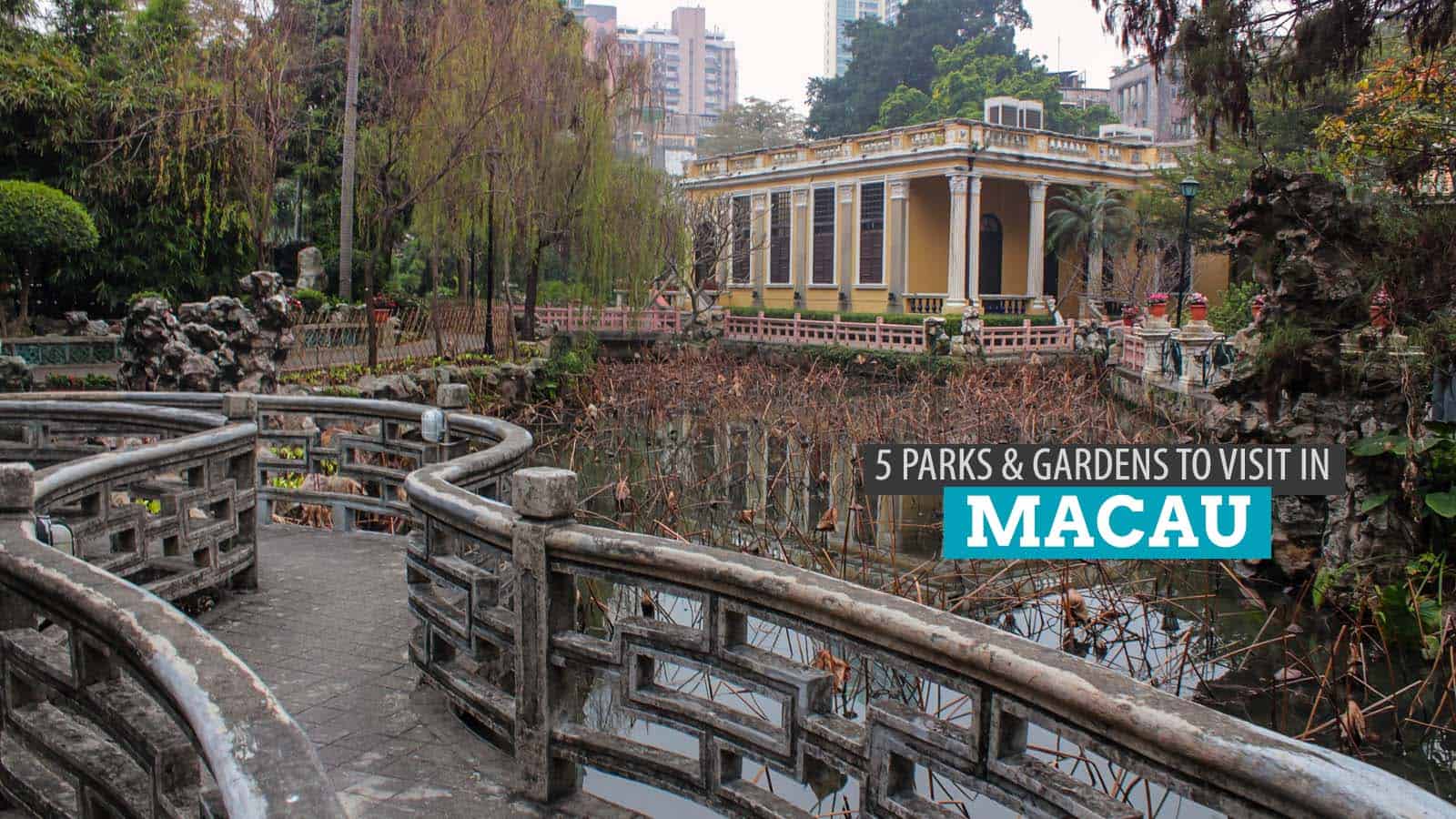Relaxing isn’t really the first word that comes to mind when you look at the usual pictures of Macau. At night, the lights and colors of its busy casinos and hotels form a kaleidoscopic, almost psychedelic cityscape that induces an unexpected adrenaline rush. Even its historical core — Senado Square and the Ruins of St. Paul — can be quite wearing as droves of tourists scramble around its blocks. If the doctor orders immediate detoxifying, Macau probably won’t be in his prescription.
Amidst Macau’s excitant chaos, however, are parks and gardens that are often overlooked. The city map is shaded with many of these pockets of peace, but many just walk past them. Here are five of the sedative nooks and crannies of Macau that can give you a much-needed dose of peace and quiet.
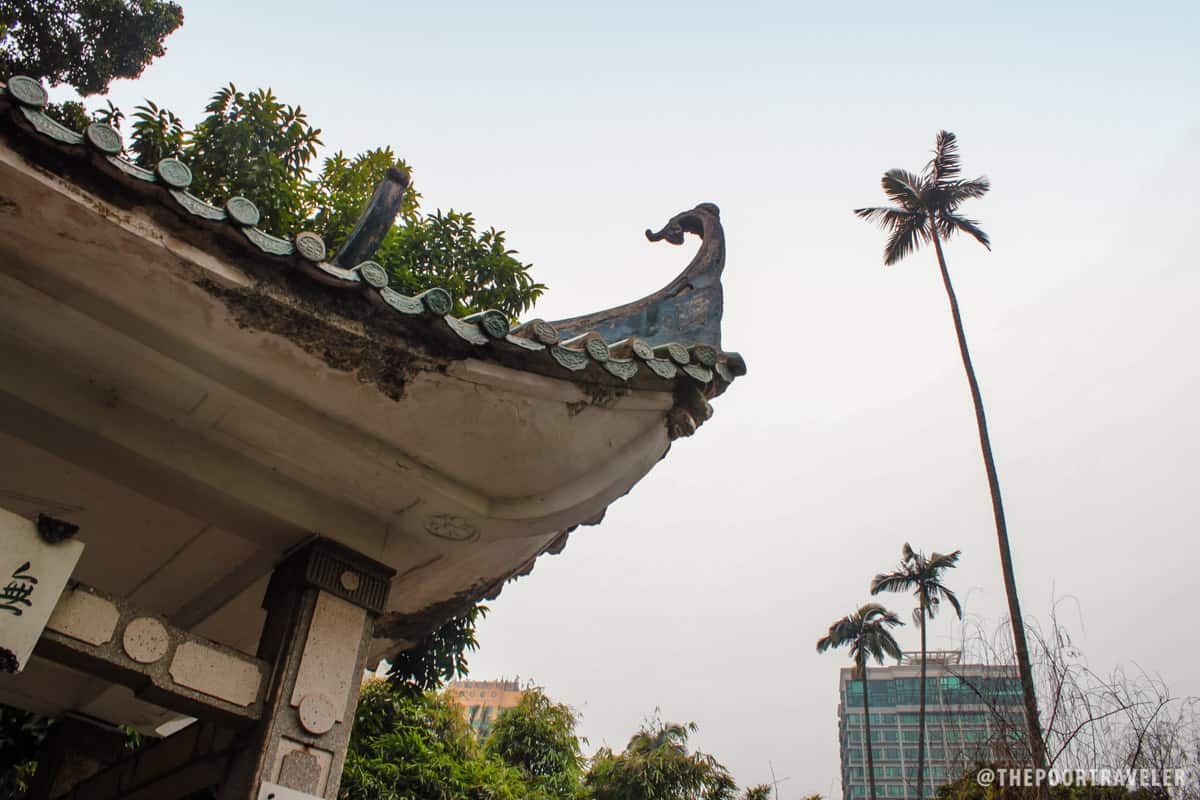
Fortaleza do Monte (Mount Fortress)
Fortaleza do Monte now houses the Macau Museum, but its “rooftop” park deserves a separate nod. Constructed from 1671-1626 under the orders of the Jesuits, it was the most important defense structure in Macau. Much of the structure was preserved including the cannons that line the parapets of the fortress. Perched atop Mount Hill, the fortress overlooks the city in all directions and provides a magnificent 360-degree view of the peninsula. Not to be missed if you’re planning on paying the museum a visit.
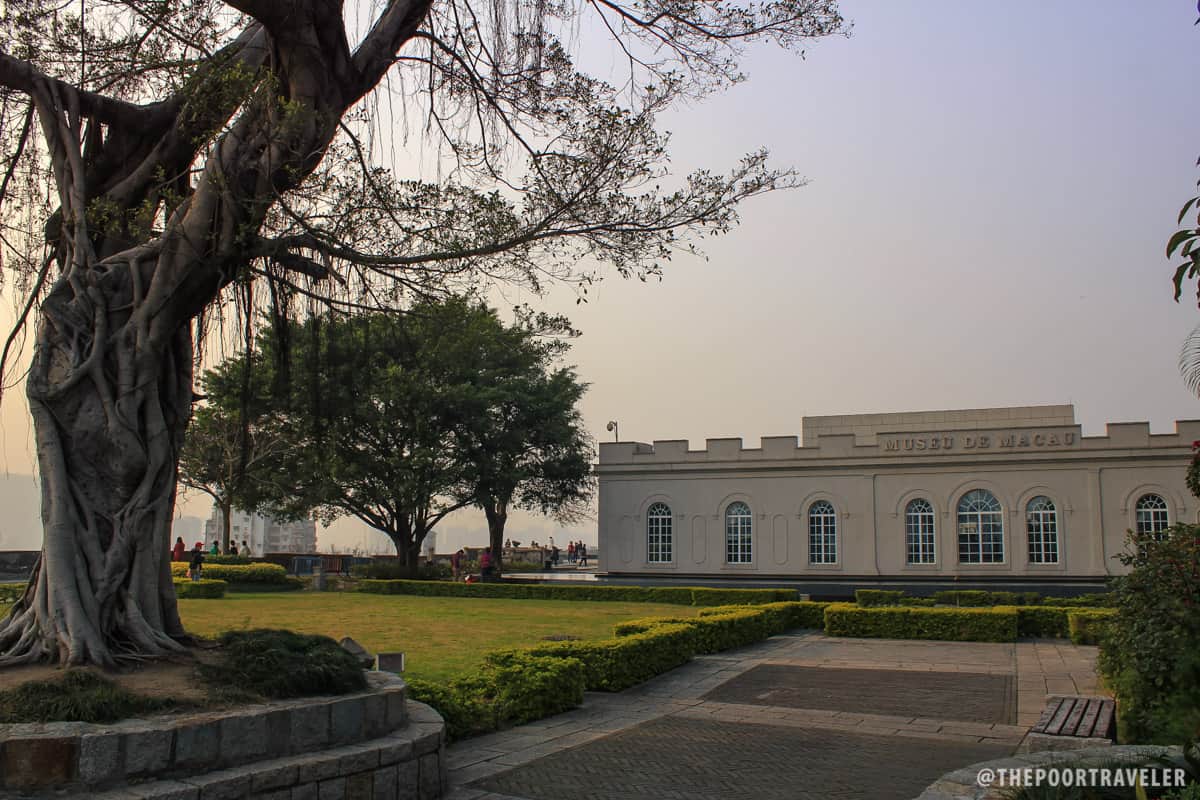
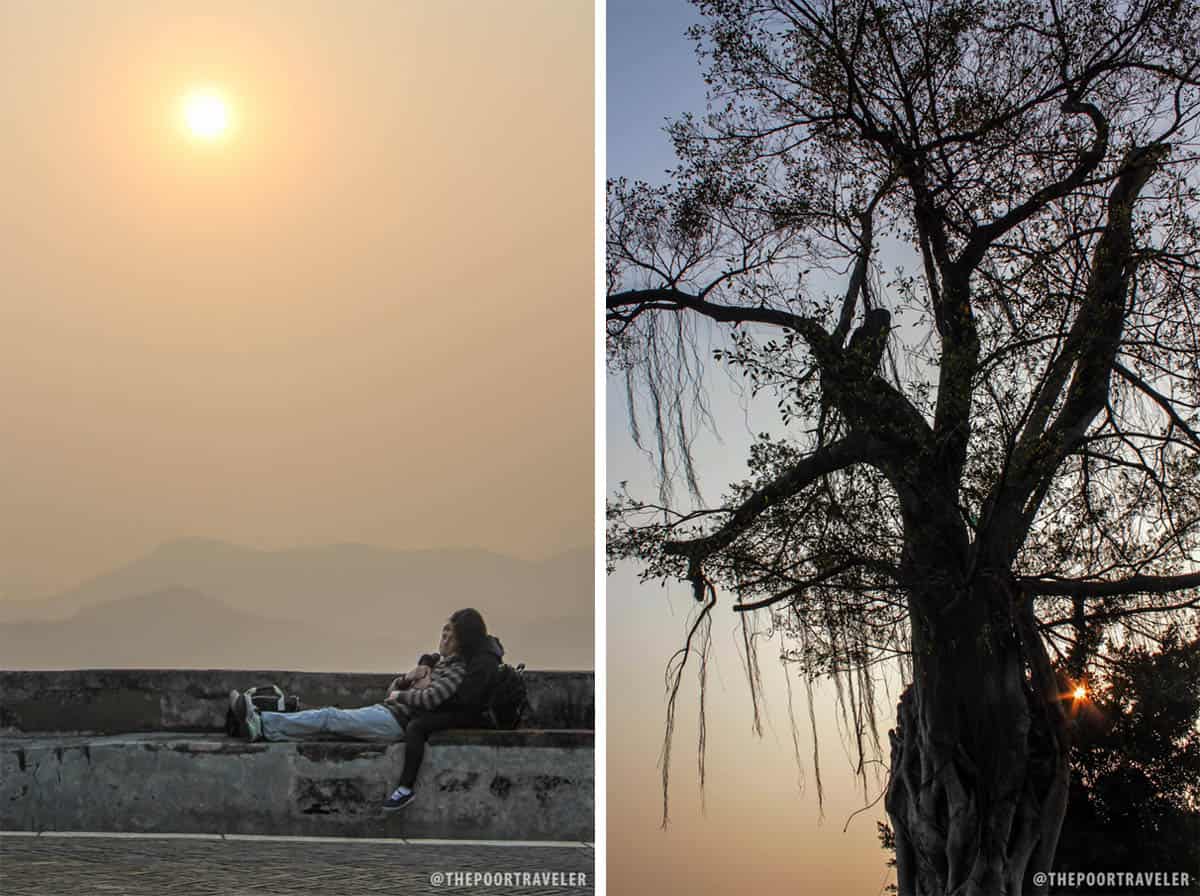
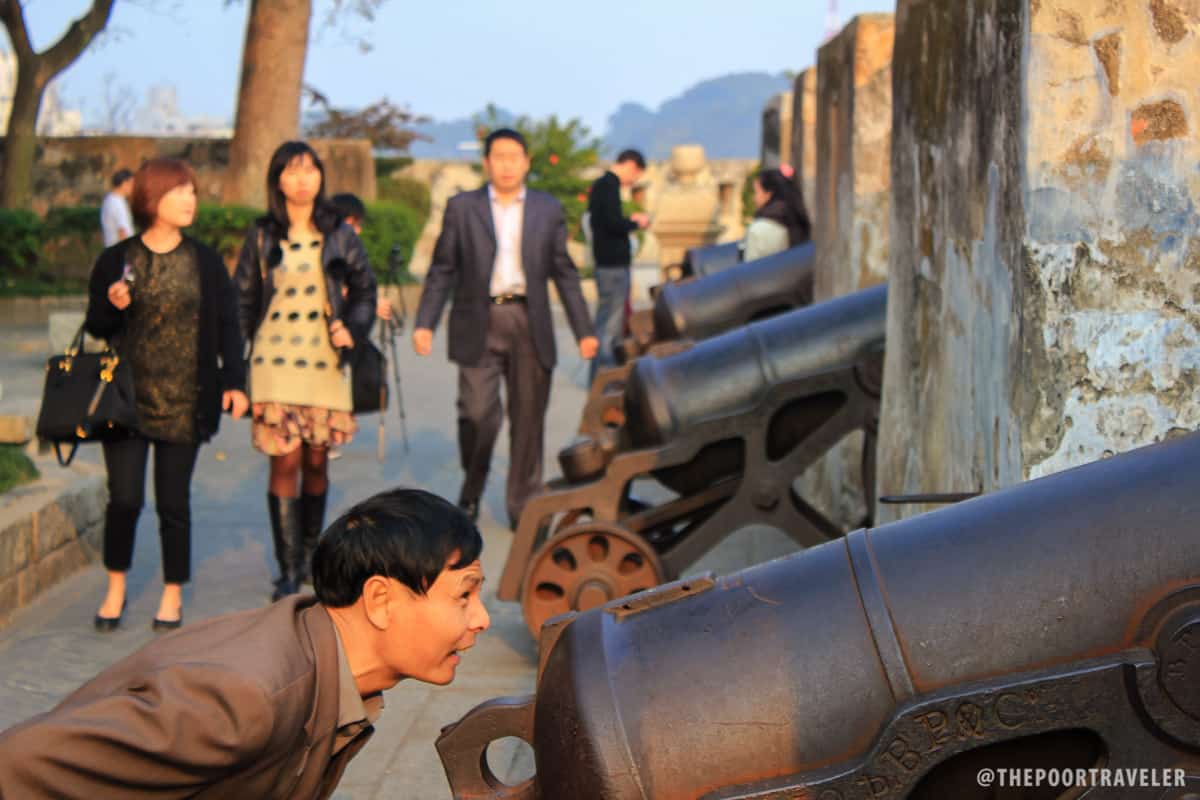
Address: No. 112 Praceta do Museu de Macau
Opening hours: Daily 6am-7pm
Camoes Garden and Grotto
The Camoes Garden is Macau’s oldest park. It is also the largest, spanning an area of 20,000 square meters.
Built as the residence of a Portuguese merchant, it was turned over to the government after his death. The park was named after Luis de Camoes, a Portuguese poet who was exiled to Macau for two years. This was where he would come and compose his poetry, including the epic Os Lusiadas (Soul of Portugal). Macau considers him a significant historical and literary figure that June 10, the day he passed away, was declared Portugal Day. In one corner of the park is a bronze bust of Camoes, installed in 1886.
How to get there: Take Bus 8A, 17, or 26
Opening Hours: Daily, 6am-10pm
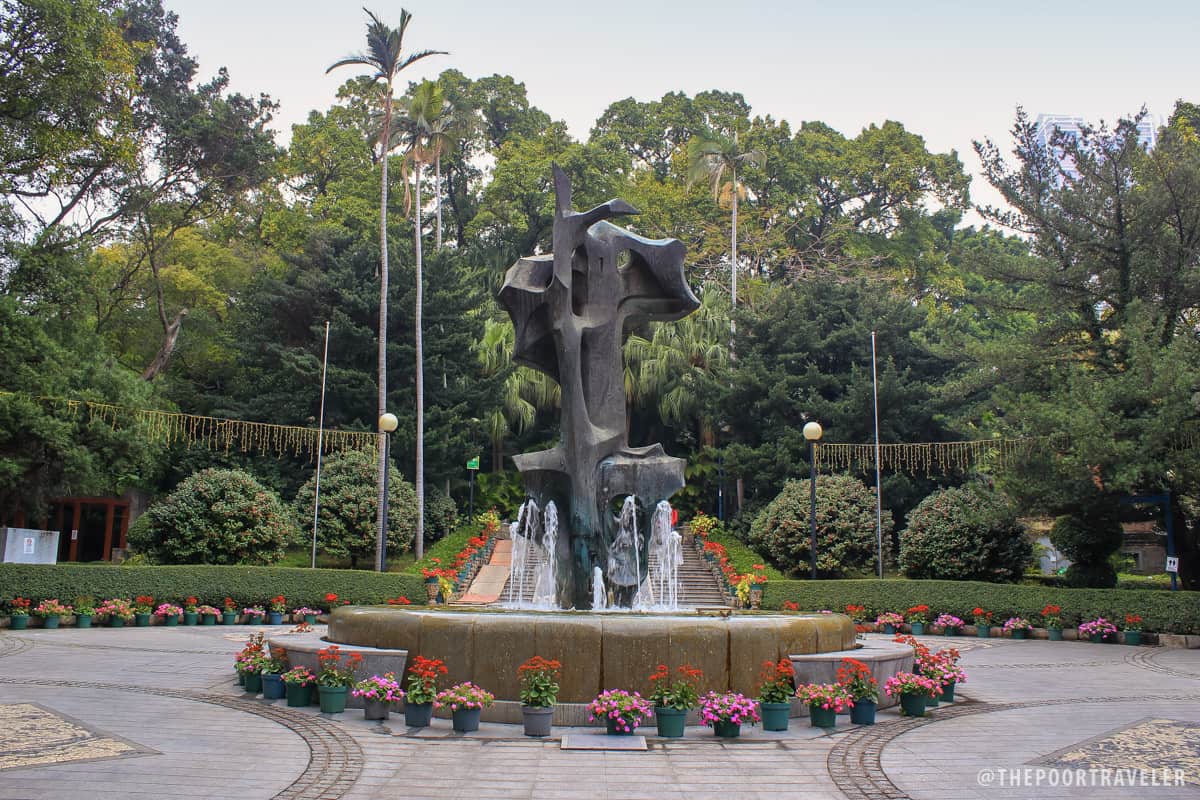
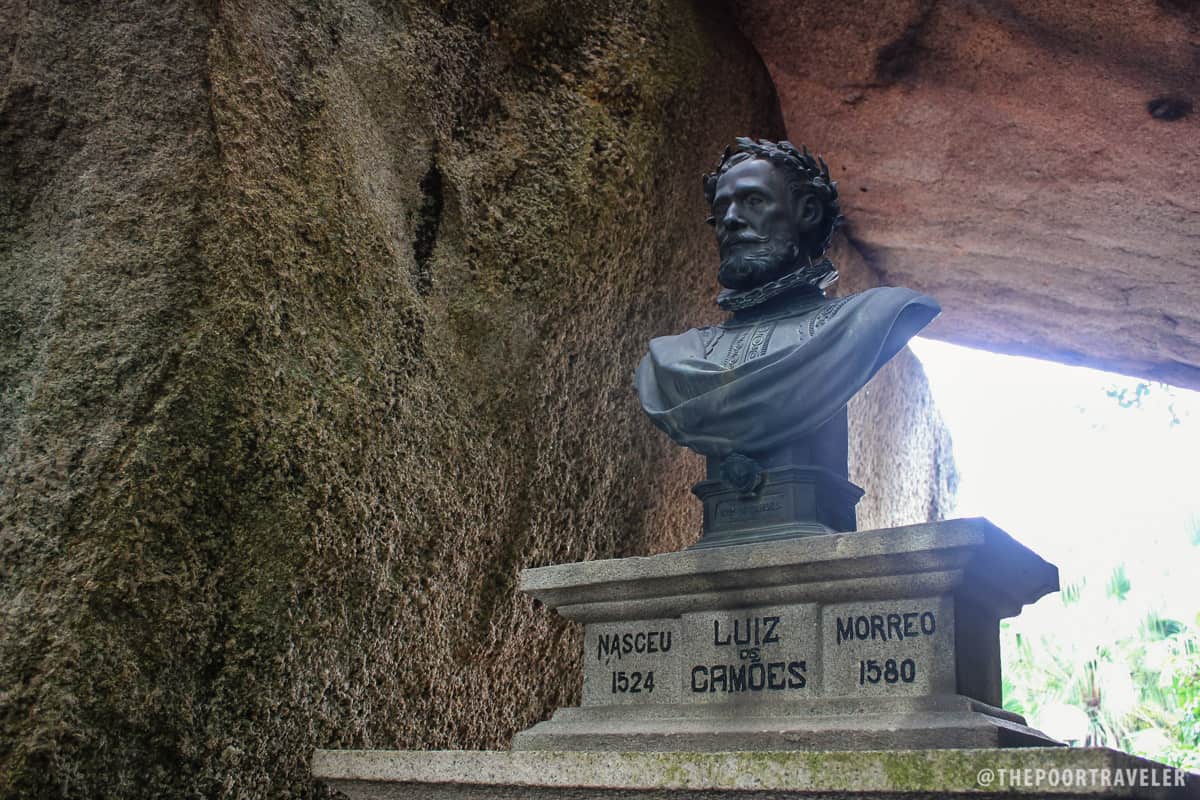
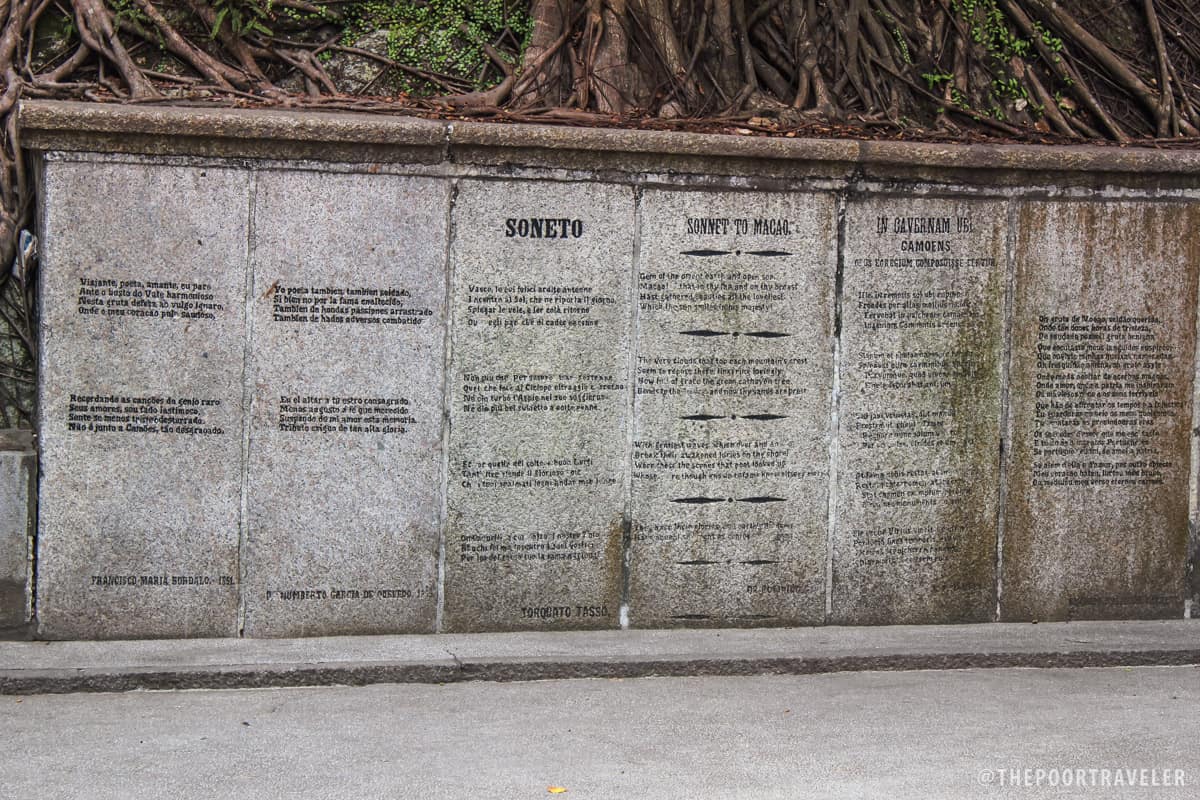
Casa Garden
Just beside the Camoes Grotto is the Casa Garden, also part of the Historical Core of Macau. The house at the center of the parkette was built in 1770 as the residence of Portuguese merchant Manuel Pereira. He then rented it out to the British East India Company, which designated the place to house their Chairman. Today it is now the Macau branch of the Oriental Foundation and has been transformed into an art gallery. (There was an exhibit showcasing the various Asian masks when we visited. Free entrance, too.)
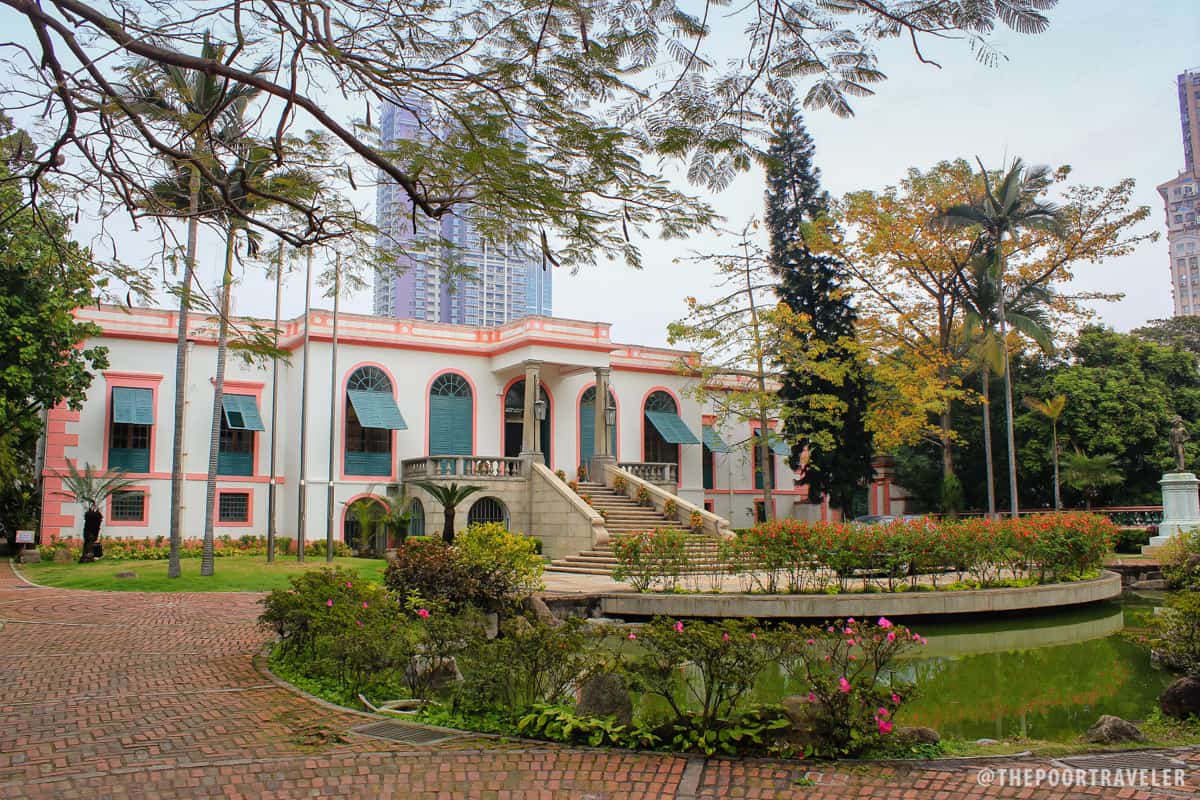
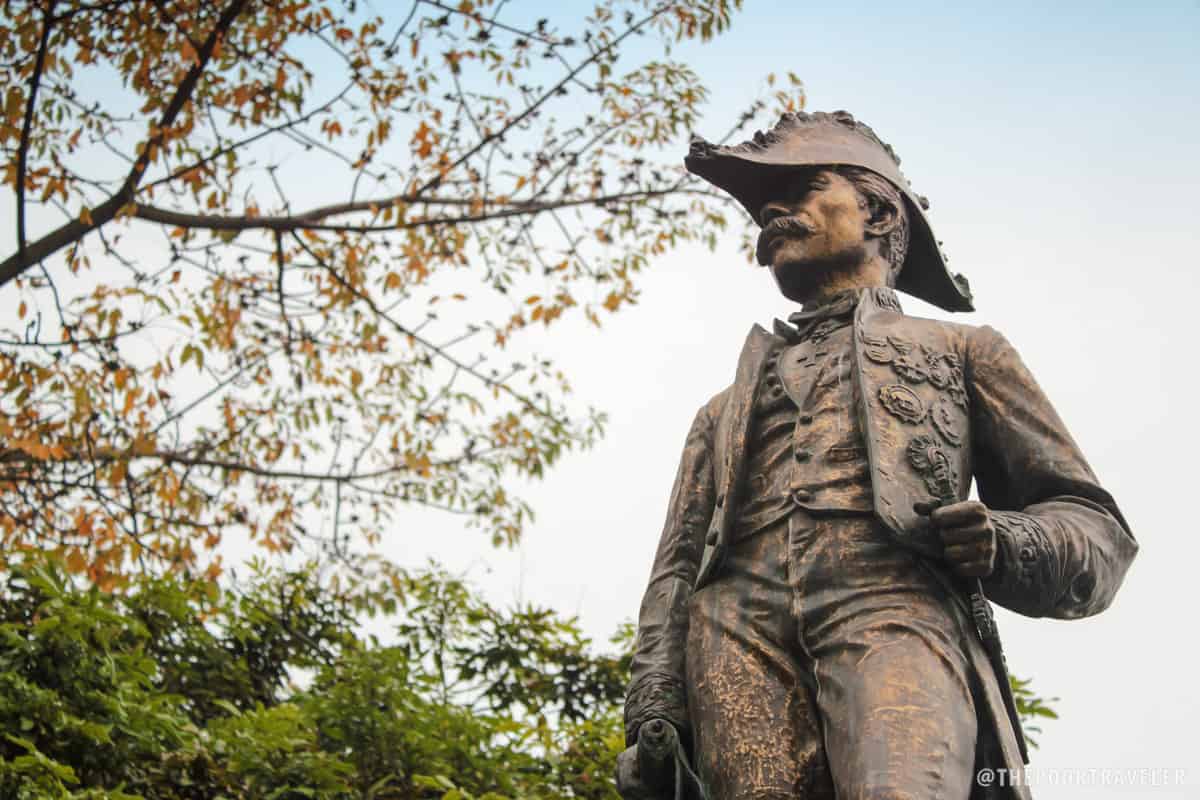
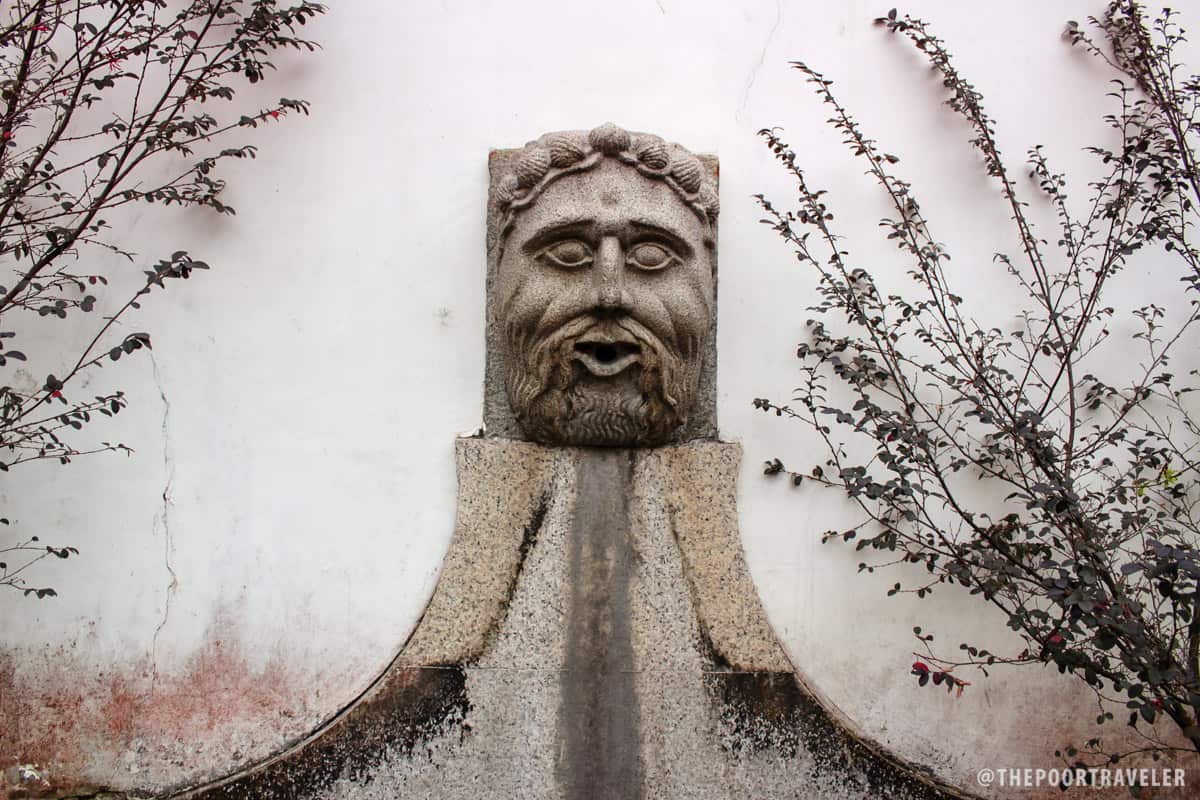
Opening hours: Daily, 9:30 a.m. – 6 p.m. (Gallery is closed on Saturdays, Sundays and holidays).
Protestant Cemetery and Morrison Chapel
Also within the vicinity of Camoes Garden is the Morrison Chapel. Built in 1821, the chapel was named after Robert Morrison, “the first Protestant missionary in China and author of the first Chinese-English dictionary, as well as the first translation of the Bible to Chinese.” Working for the British East India Company, he convinced the company to buy the land and appropriate it as a burial ground when his wife died. It had since became the resting place of many prominent figures of his time including Anders Ljungstedt, Sweden’s first consul general in China, and Robert Morrison himself.
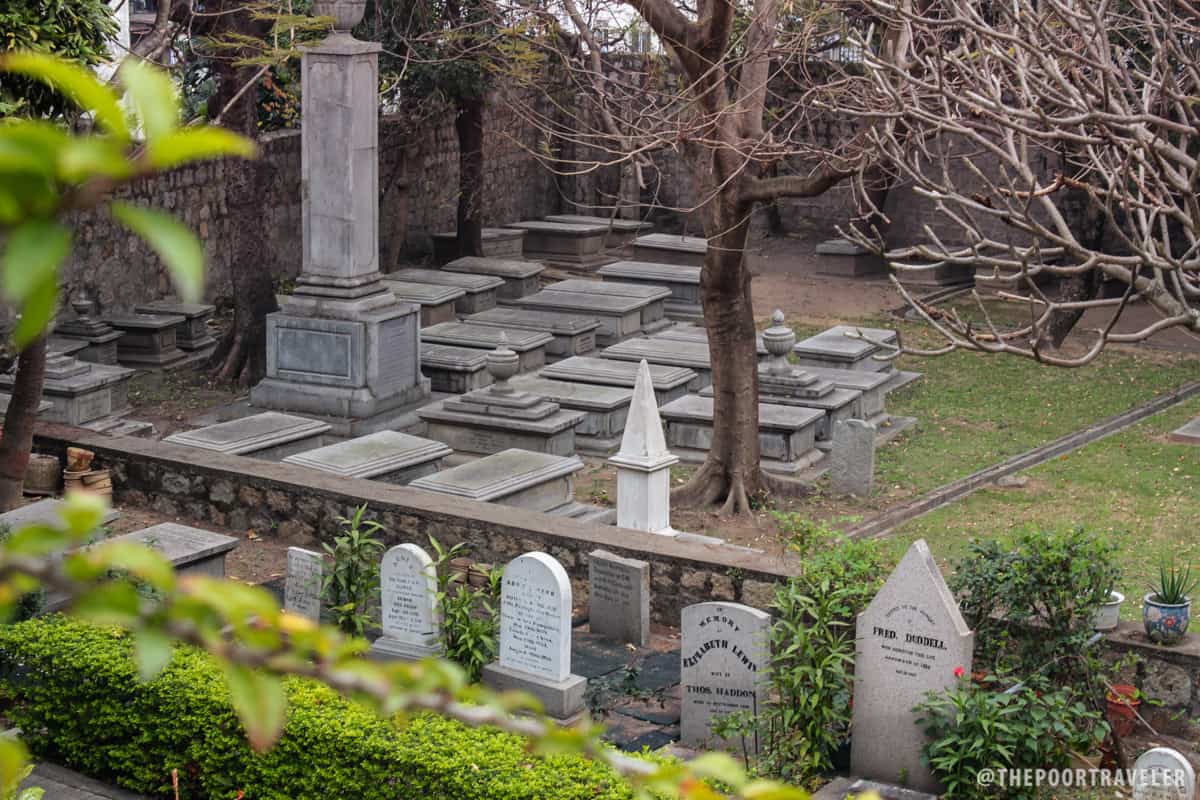
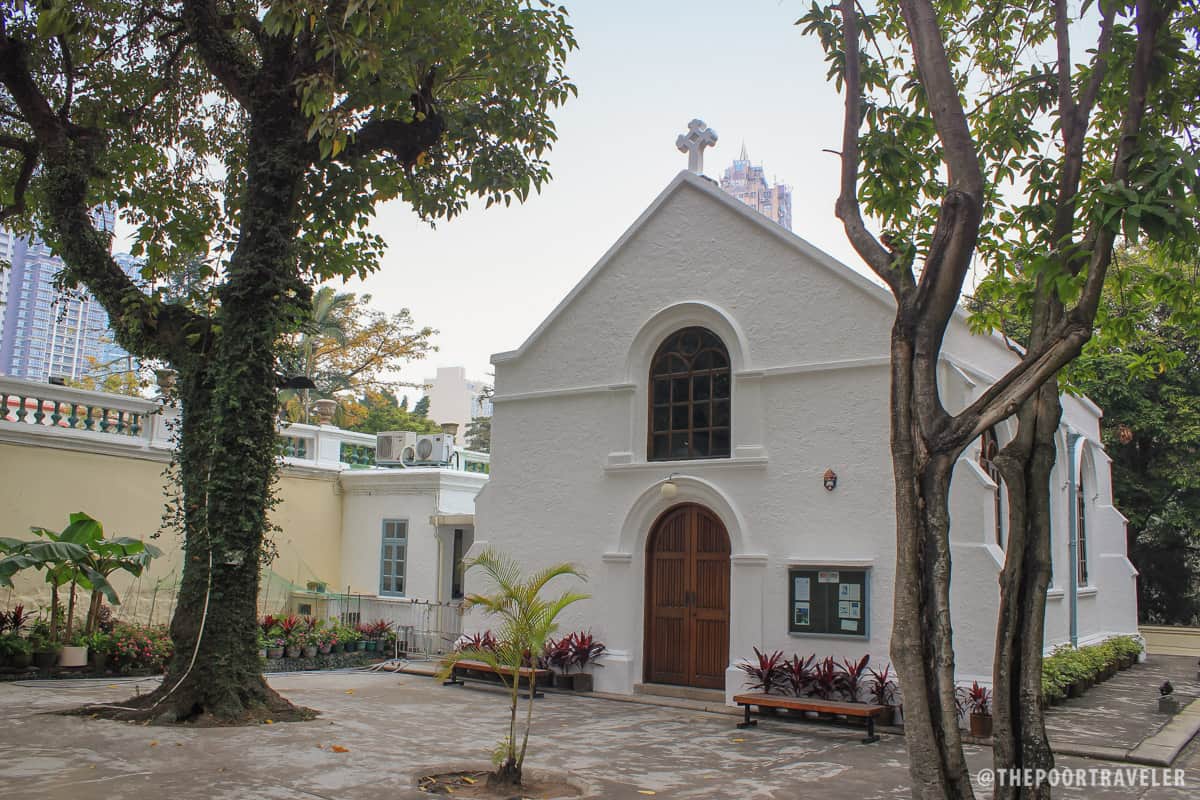
How to get there: Take Bus 8A, 17, or 26
Opening hours: Daily, 9am-5:30pm
Jardim de Lou Lim Ioc
Lotus-covered ponds reflect the lovely traditional and Victorian architecture of the surrounding structures that dot the Lou Lim Ioc Garden. A winding concrete walkway snakes over one of them, a good pondering spot for visitors. Many locals spend their mornings and late afternoons at the garden, which seems to be immune to the noise that rushes around outside. It was mid-February when I visited and the cold weather had withered the lotus flowers, but their bowing remains fostered a serene and very romantic atmosphere.
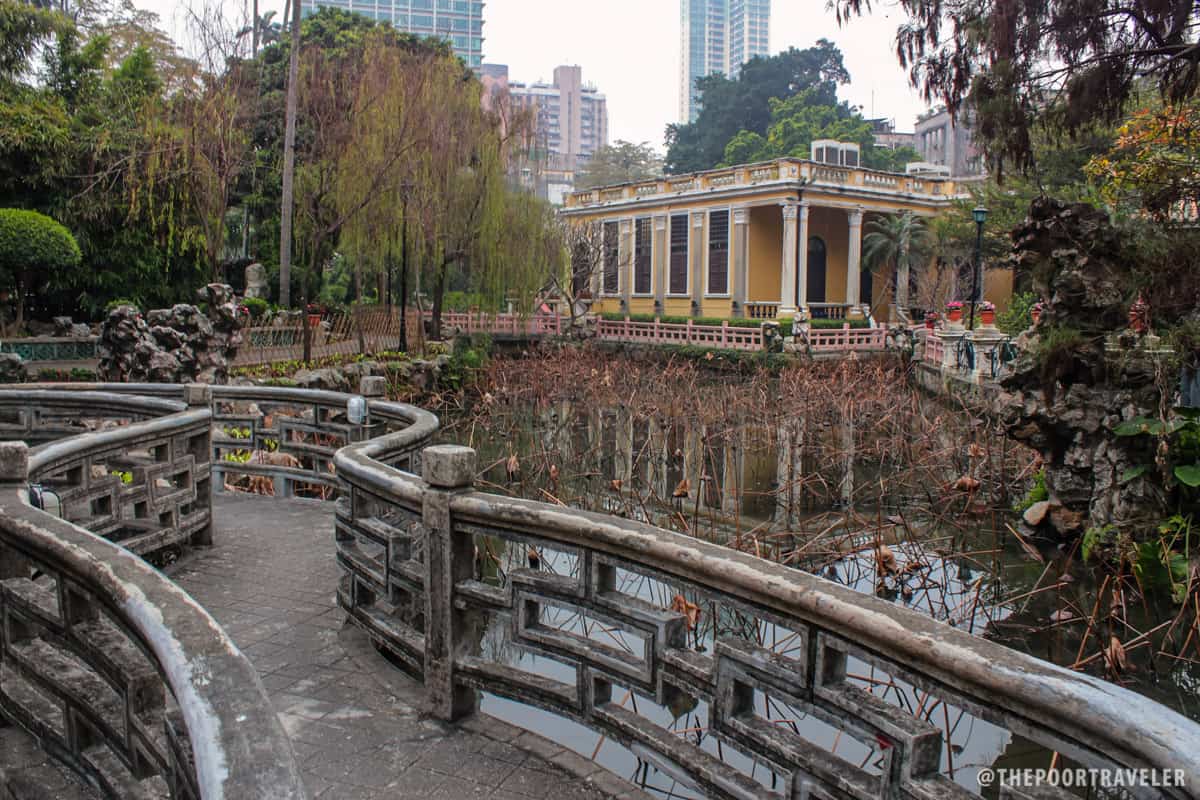
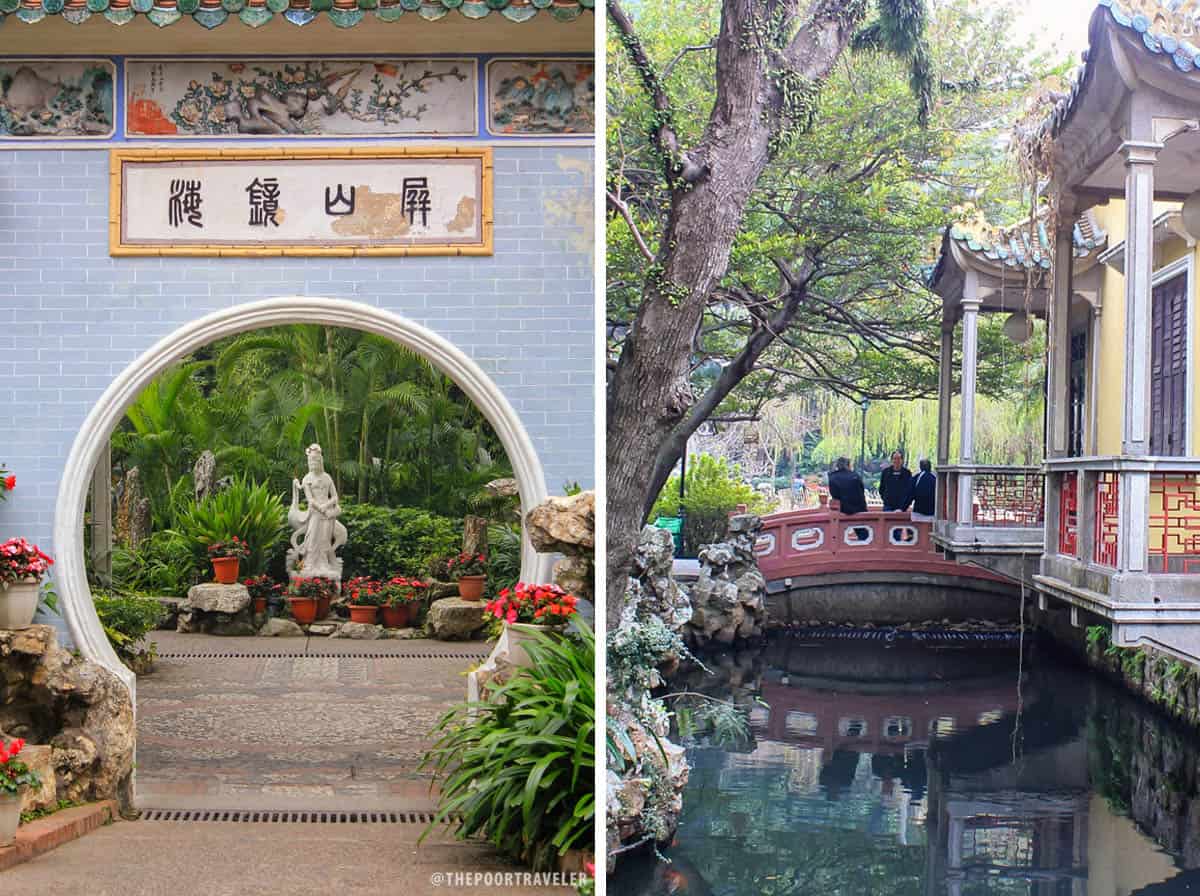
Built in 1906, it was originally a residential garden owned by Lou Kau, a local merchant. In 1974, it was handed over to the government of Macau, which converted it into a public park.
How to get there: Located at 10 Estrada de Adolfo Loureiro, Macau. Board Bus 12 or 16
Opening Hours: Daily 6am-9pm
